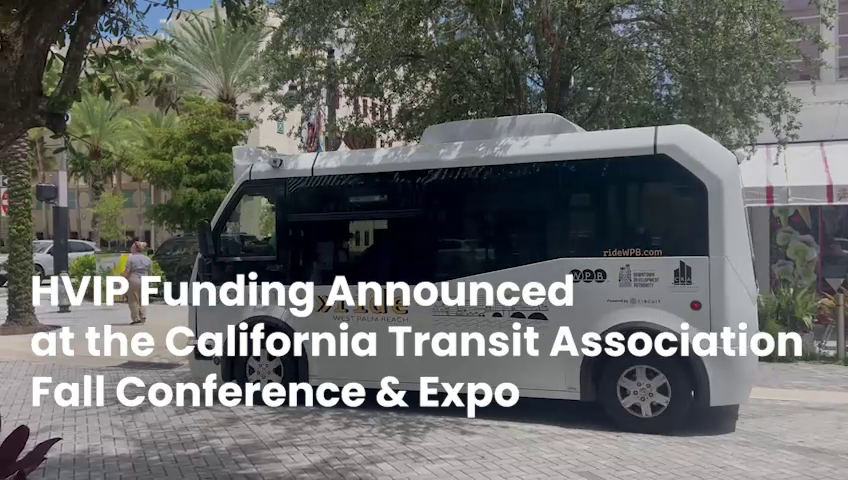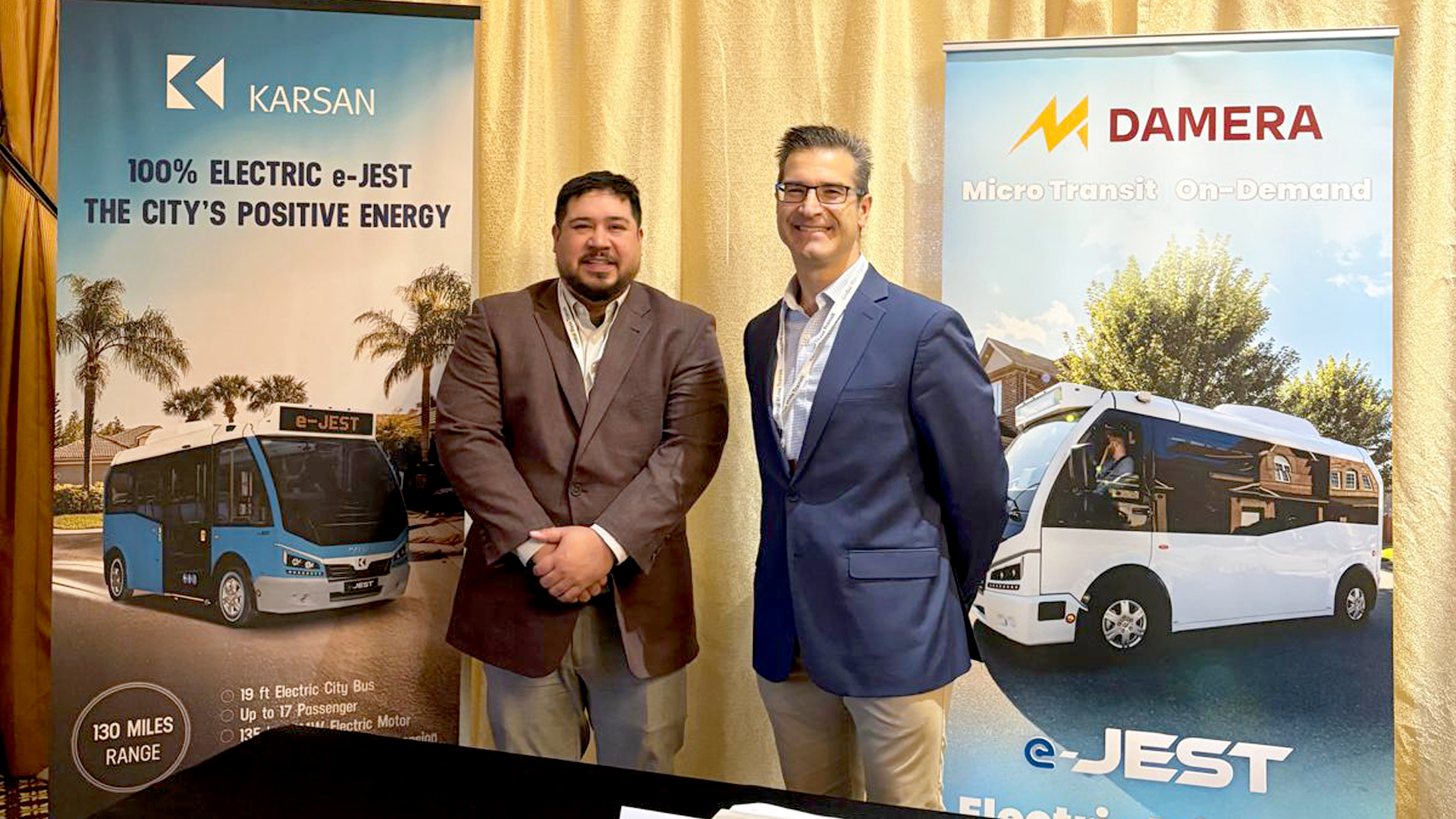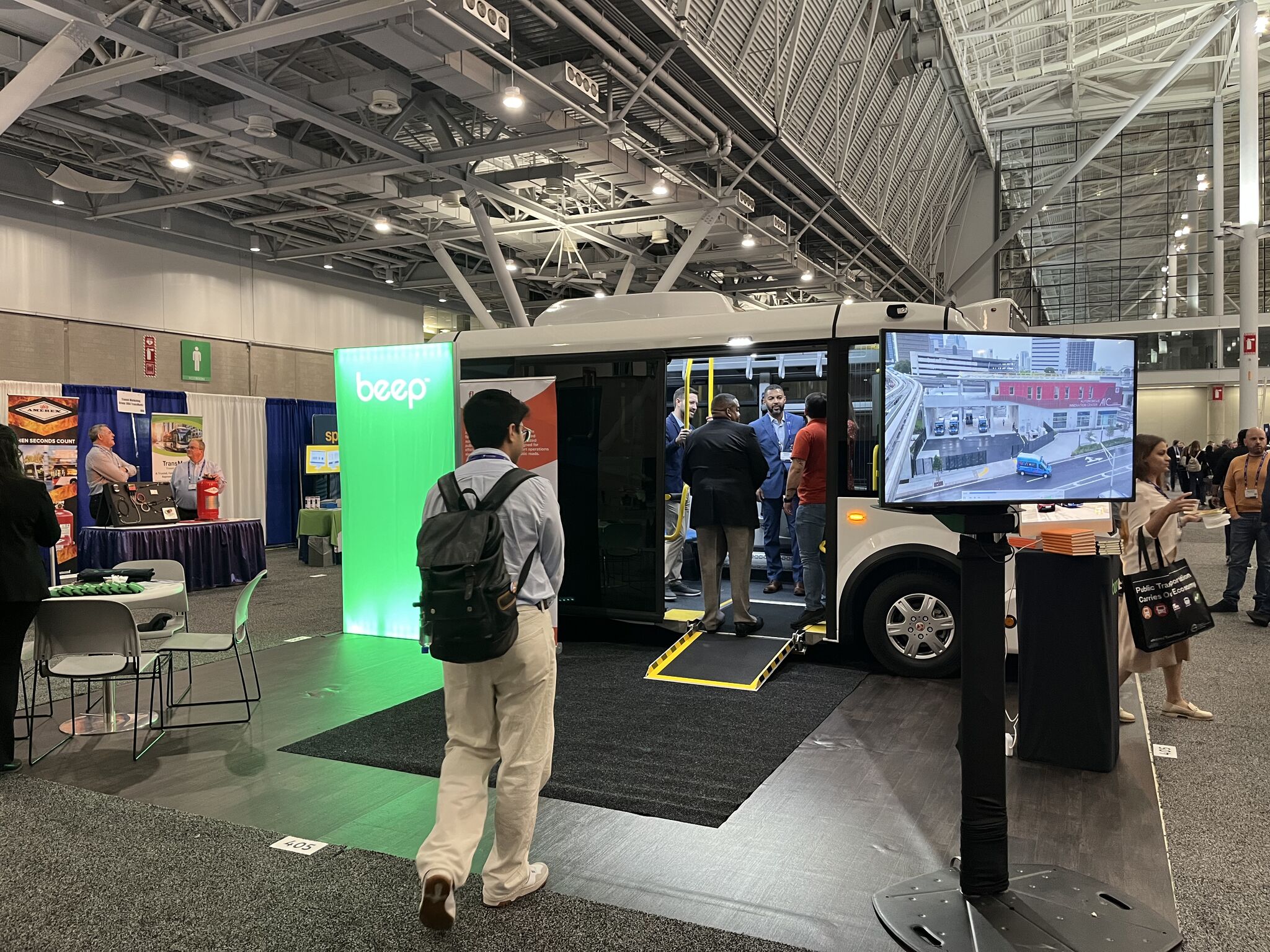Exploring the Future of Transit Electrification, Microtransit, and Inductive Charging at the Zero Emission Transit & Mobility Conference
At CUTRIC’s Zero Emission Transit & Mobility Conference, industry leaders gathered to discuss groundbreaking innovations in public transit electrification. Among the expert panelists was Damera’s COO, Roger D'Hollander, who shared insights on inductive charging technology and its transformative potential for microtransit and on-demand services. Roger emphasized how this technology can expand transit options in underserved areas with lightweight electric mini-buses like the Karsan eJEST. Instead of relying on heavy batteries to achieve extended range, inductive charging enables these vehicles to receive efficient, periodic top-ups at key locations, maintaining their charge without requiring frequent returns to central depots.
Perspectives from other Panel Speakers
Adam Halsey, P.Eng from InductEV provided an overview of technology, describing how wireless charging is set to become an industry standard, with the U.S. already seeing over 30% of Washington State’s transit agencies adopting it and 50% of all full-size wireless buses transitioning to a 100% wireless model.
Edmundo Fausto, Sustainability Manager for the City of Saint John, where six eJEST buses are currently operating, offered practical insights into depot design and maintenance strategies for electric fleets, including upcoming infrastructure upgrades for wireless charging. Scheduled to begin construction next year following the formal inclusion of inductive charging in the depot retrofit consulting RFP, the City’s depot will feature shared opportunity charging infrastructure for both full-size buses and paratransit vehicles.
Together, their insights highlighted the durability of inductive charging systems, which remain resilient in adverse weather conditions, including ice, sand, and snow.
A Seamless Solution for Sustainable Mobility
Inductive charging enables electric vehicles to wirelessly recharge through road-embedded systems, powering up automatically at designated zones along their route. This approach not only minimizes downtime but also increases fleet productivity, aligning with cities’ sustainability targets by naturally reducing emissions and dependency on traditional fuel sources. Also in densely populated urban areas, or residential zones where available space is limited, implementing wireless charging solutions allows cities to accommodate more electric vehicles (EVs) without requiring extensive charging stations or depots. By enabling vehicles to charge on-the-go, cities can optimize valuable land, providing consistent energy access without needing a physical station for each EV.
Key Benefits of Inductive Charging for Transit Fleets
Inductive charging brings multiple benefits for transit agencies, including:
- High Transmission Efficiency: as effective as wired charging
- Low Maintenance and Low Electricity Cost: With no moving parts or exposed components, inductive systems have longer service lives and reduce maintenance costs.
- Battery Health: Consistent top-up charging extends battery life and eliminates the need for oversized batteries, allowing vehicles to stay operational with minimal downtime.
- Adaptability for Small Fleets: This contact-free solution is ideal for microtransit and on-demand services where quick recharging is essential for maintaining service levels.
- Seamless: Can be embedded discreetly within public infrastructure and roadways, offering a cost-effective solution.
𝗡𝗲𝘅𝘁-𝗚𝗲𝗻𝗲𝗿𝗮𝘁𝗶𝗼𝗻 𝗲𝗝𝗘𝗦𝗧:
The upcoming Karsan eJEST mini-buses for North America will feature inductive charging compatibility, providing transit agencies with a future-proof, flexible, and cost-effective solution for electric microtransit and on-demand services. With the eJEST, agencies can pursue a scalable path to electrification that meets today’s needs while preparing for tomorrow’s demands.
Benefits of Karsan eJEST
The eJEST, with its smaller battery and lower energy requirements, can efficiently utilize Inductive charging points or routes to maintain steady service without frequent returns to a depot. The eJEST consumes less energy, which translates to lower operational expenses. Its smaller battery charges faster, saving both time and energy costs, especially when using inductive charging at strategic points along a route. For agencies interested in exploring electric microtransit and on-demand services, the eJEST's compatibility with inductive charging presents a flexible, cost-effective path to fleet electrification and scalable transit solutions.
Transit providers using vehicles like the eJEST can benefit from:
- Reduced Infrastructure Investment: Smaller vehicles with inductive charging need fewer charging stations and less land allocation.
- Seamless Operation: Wireless, on-route charging keeps the eJEST in operation for longer, making it ideal for continuous on-demand service.
A smaller bus like the eJEST can meet demand without the inefficiency of a nearly empty 40-foot bus. This reduces wear and tear on larger, more expensive vehicles and aligns capacity with demand.
Building Sustainable Cities with Effortless Transit
The panel discussions emphasized a future where green technology is so seamless and accessible that it becomes the obvious choice. Solutions like inductive charging offer intuitive and efficient ways to make cities cleaner, quieter, and more inclusive. By ensuring that sustainable transit is both practical and appealing, we are building smarter, safer, and more vibrant urban spaces.
For transit agencies interested in exploring EV vehicle options, charging infrastructure, and electrification strategies, Damera offers end-to-end solutions for a seamless transition to greener transit. Contact us to learn how we can help electrify your fleet with advanced technology and expert support.
📲 905-696-8328
📨 sales@dameracorp.com





.svg.avif)




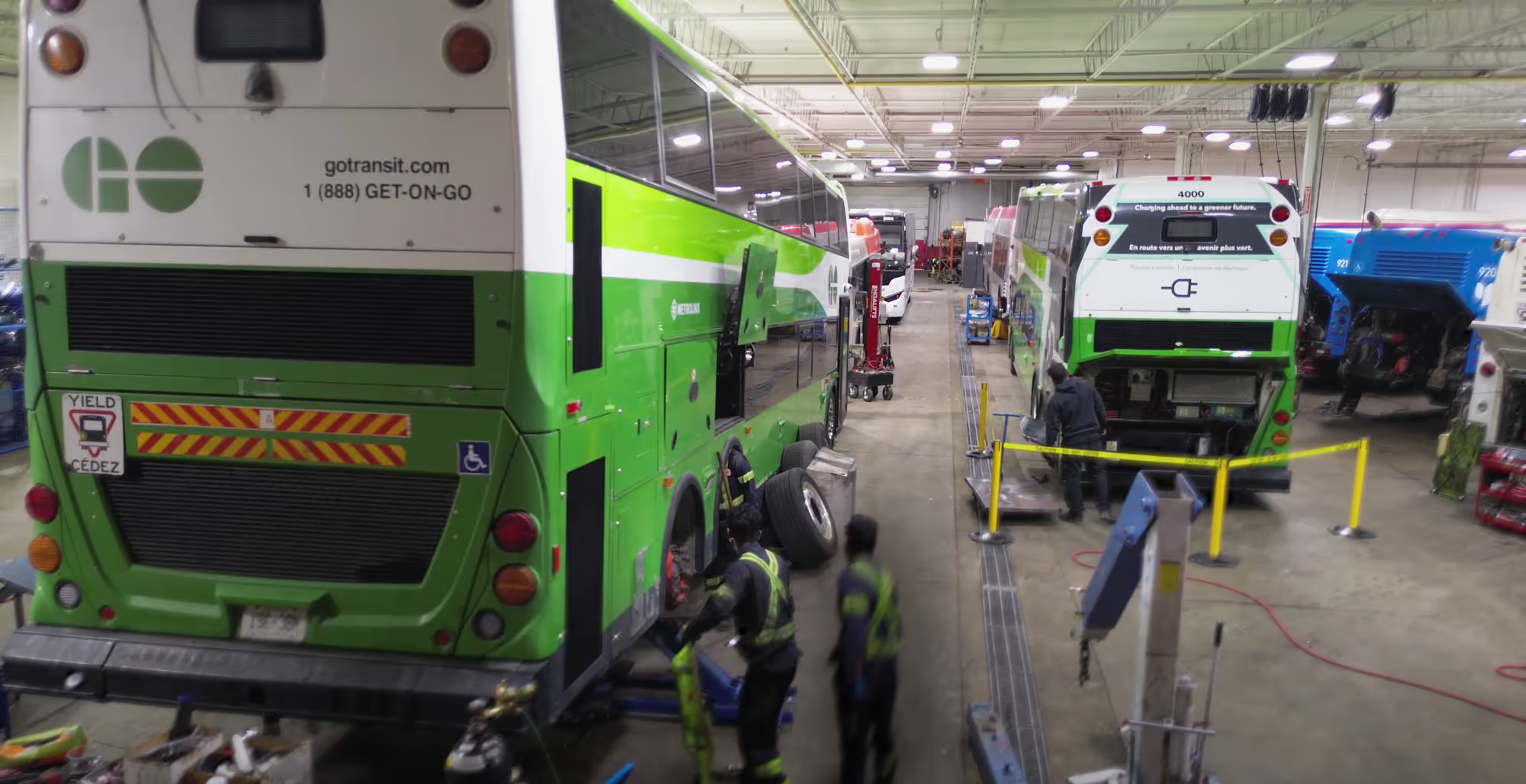




.svg)
 EV BusesKarsan eJEST
EV BusesKarsan eJEST EV BusesKarsan eJEST Autonomous
EV BusesKarsan eJEST Autonomous EV AND DIESEL COACHESTEMSA
EV AND DIESEL COACHESTEMSA accessible transit vehiclesMICROTRANSIT SOLUTIONS
accessible transit vehiclesMICROTRANSIT SOLUTIONS















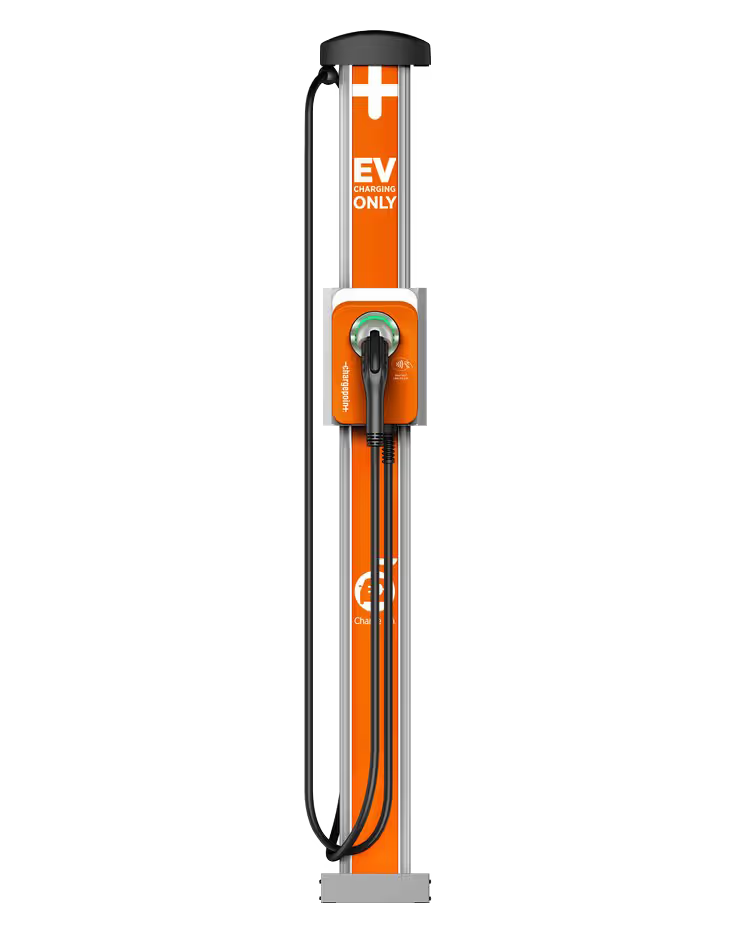





-p-500-p-500.avif)






















